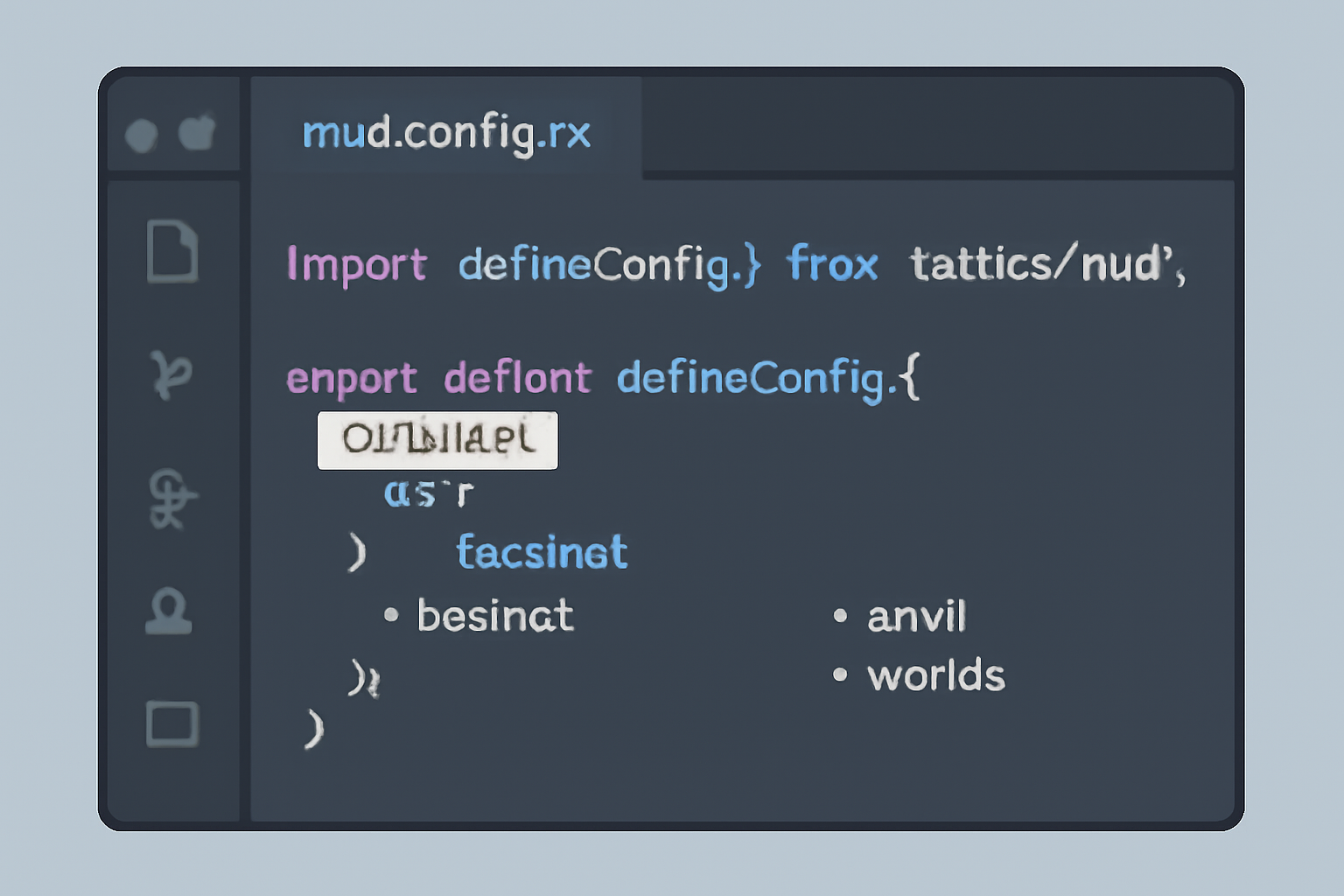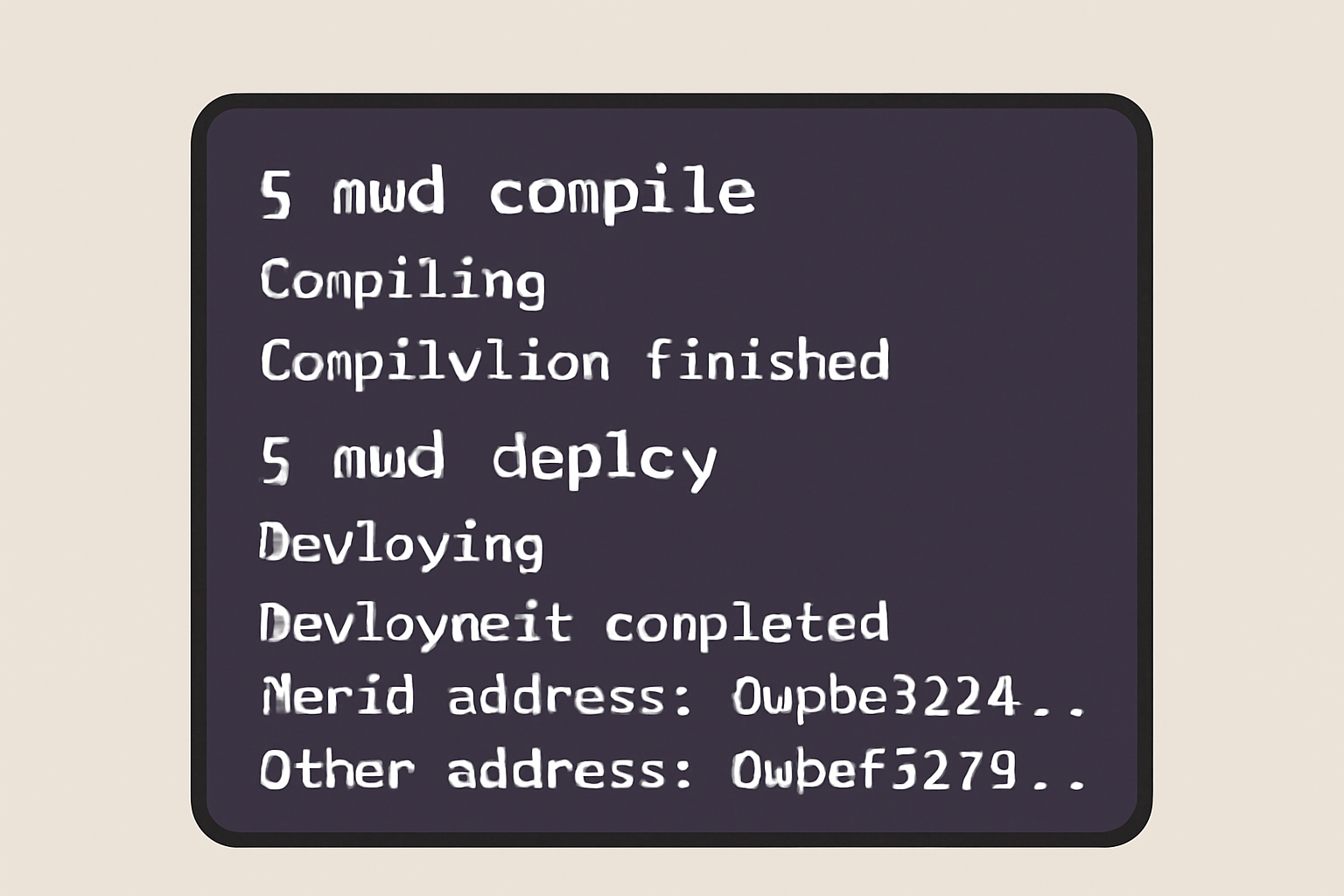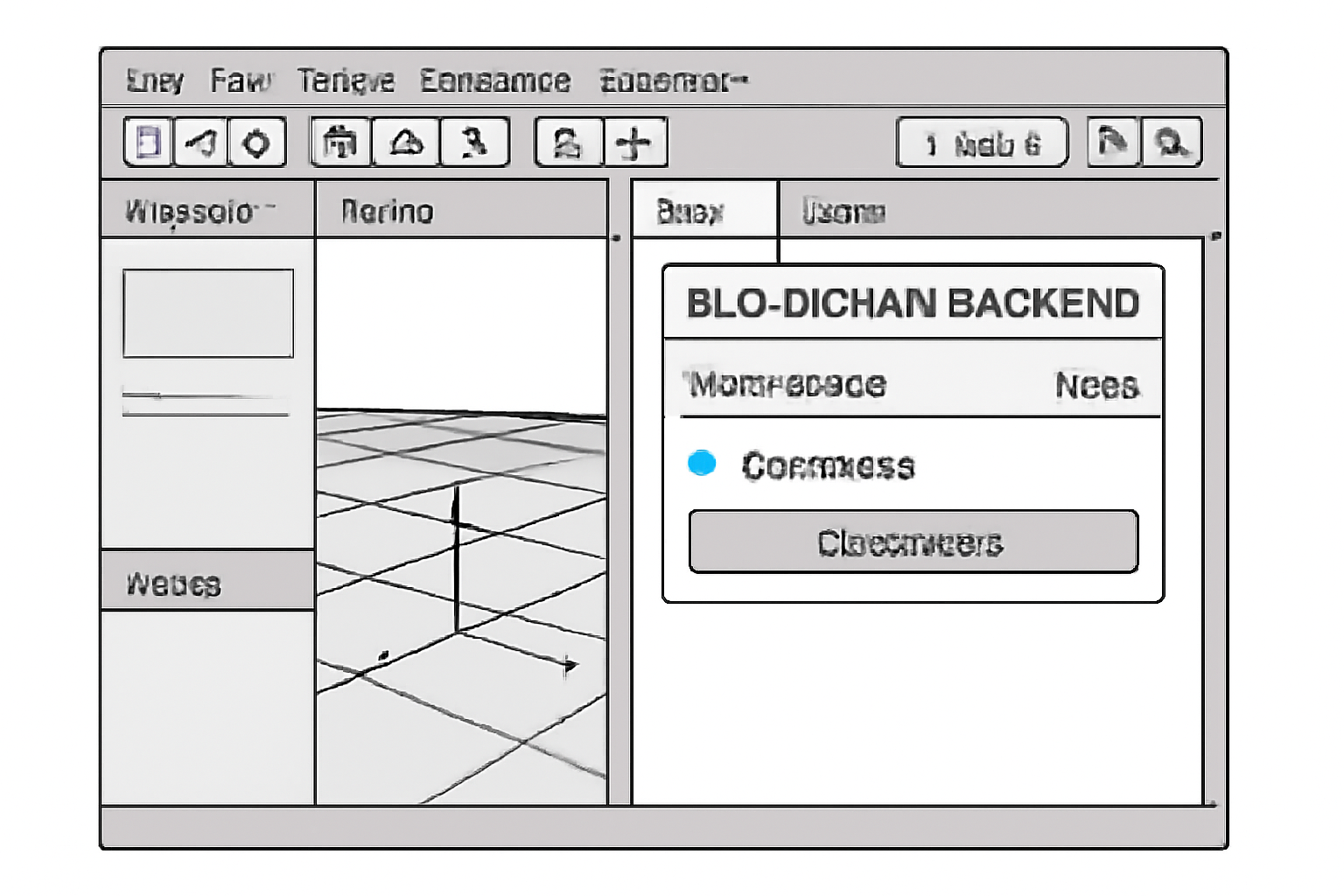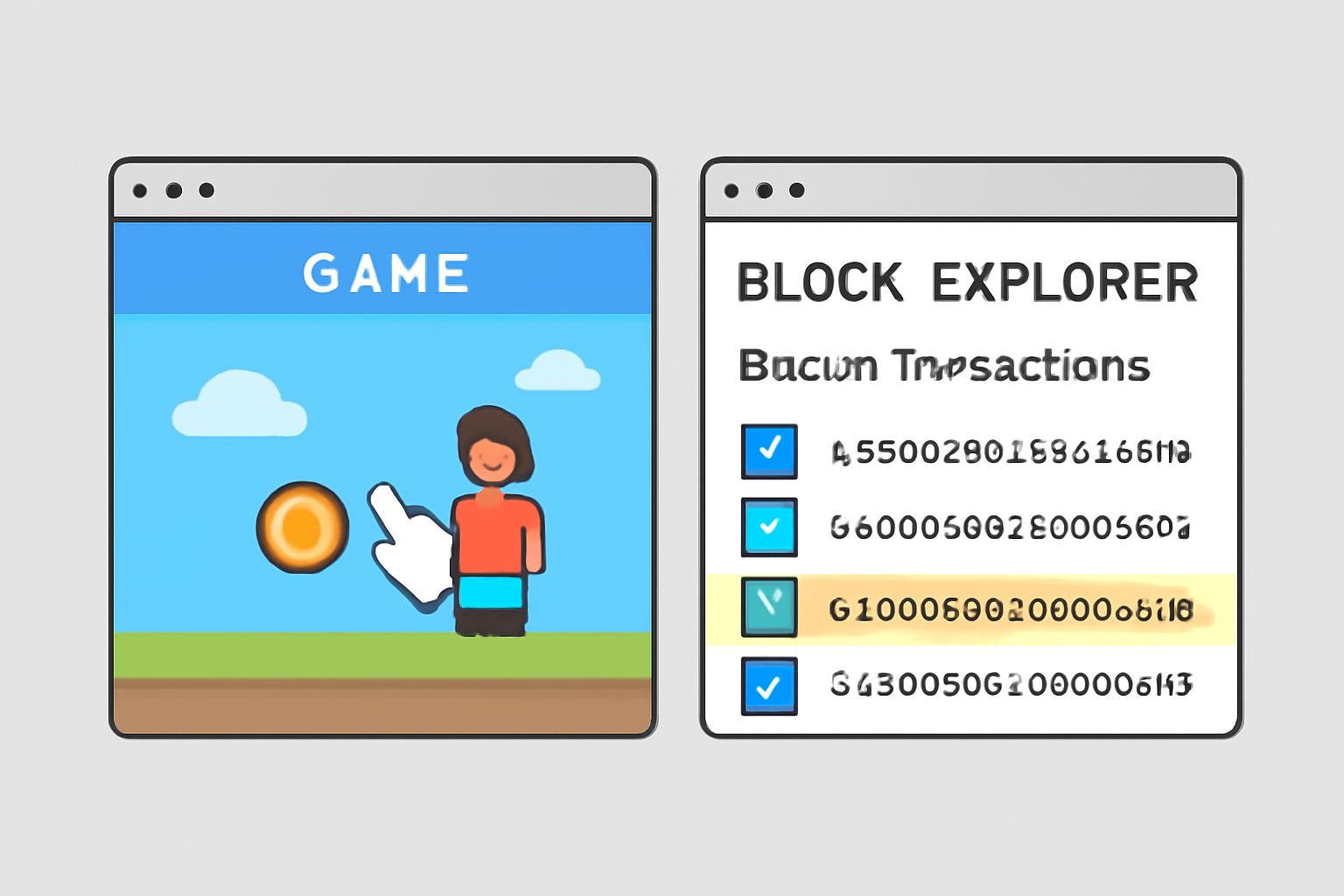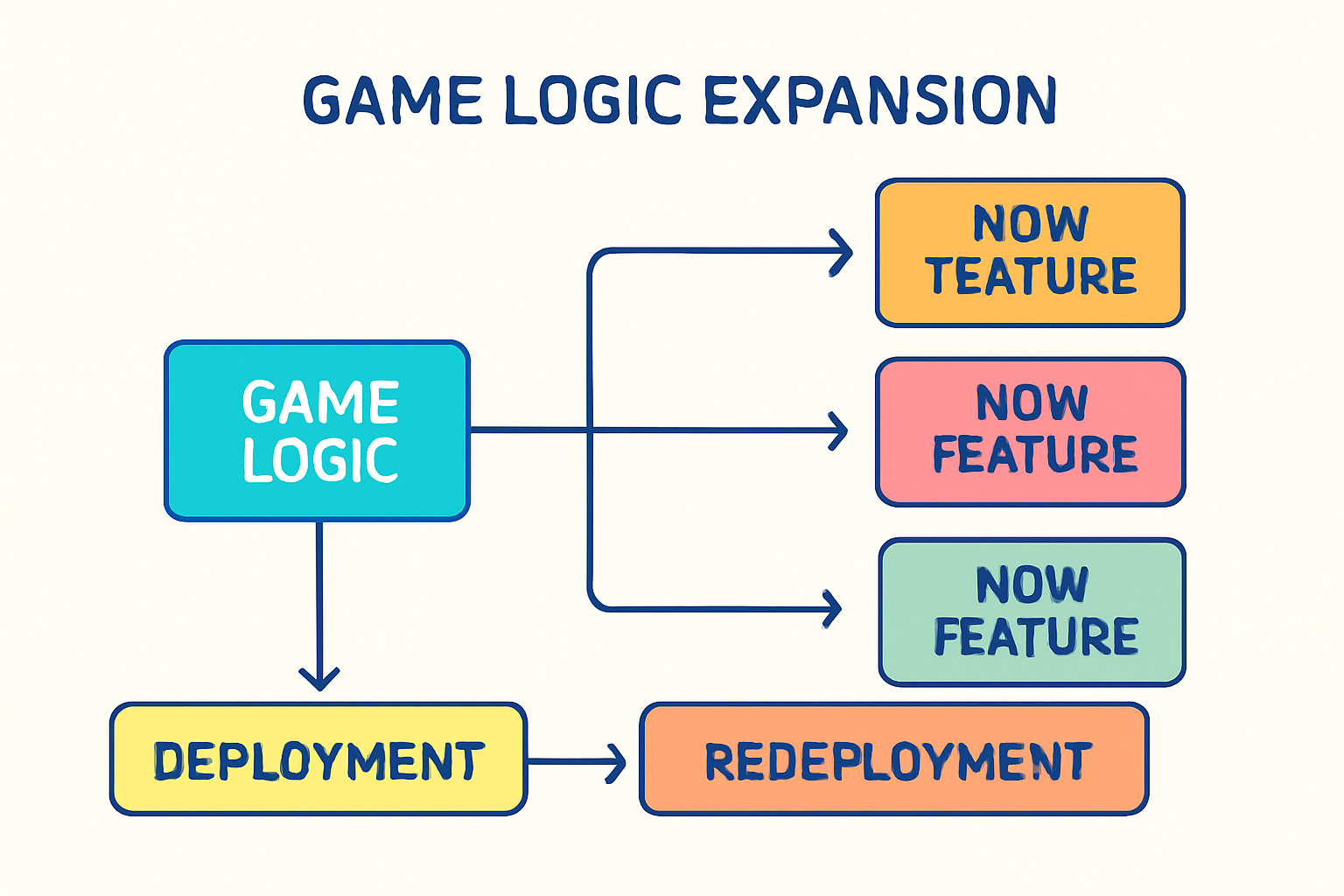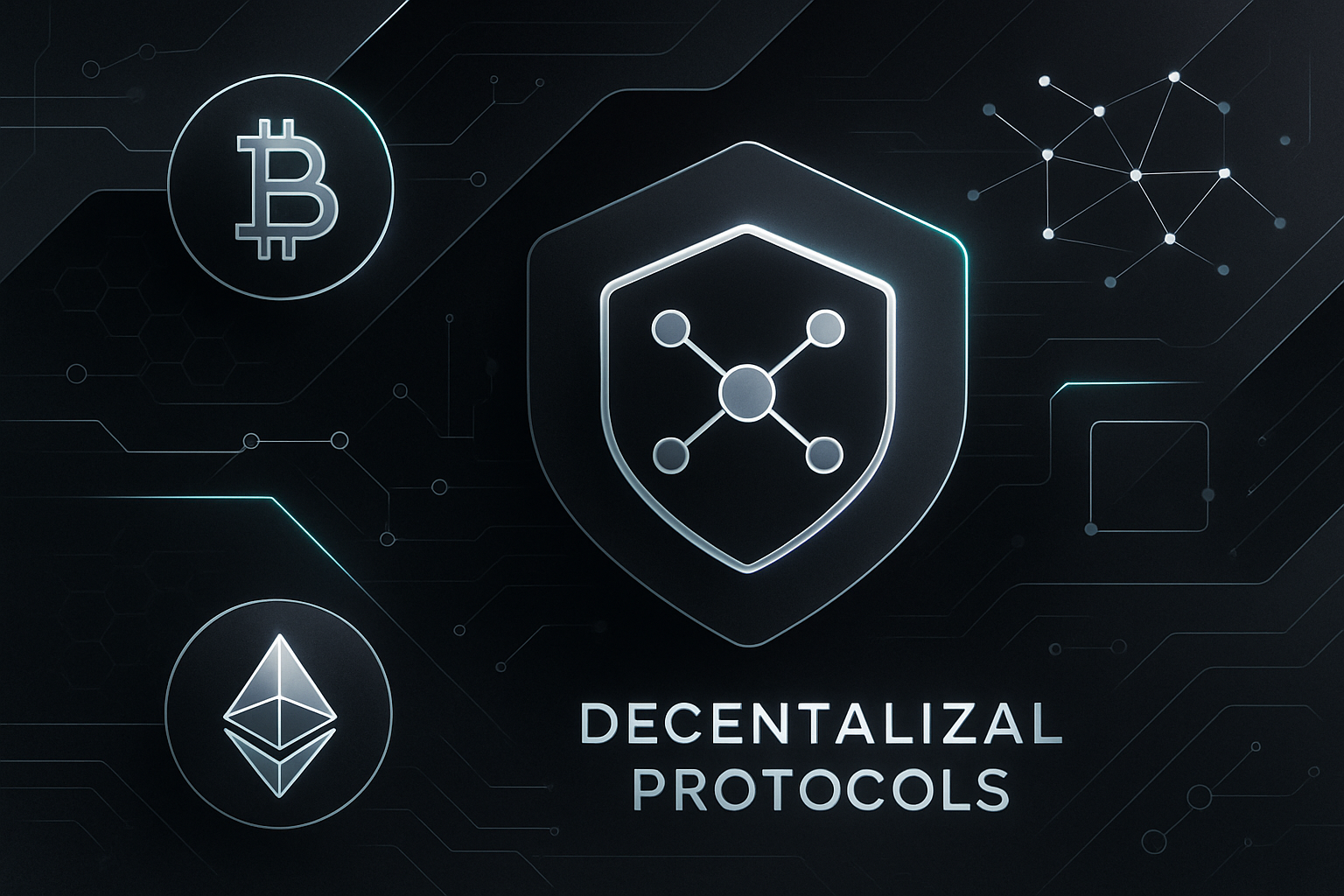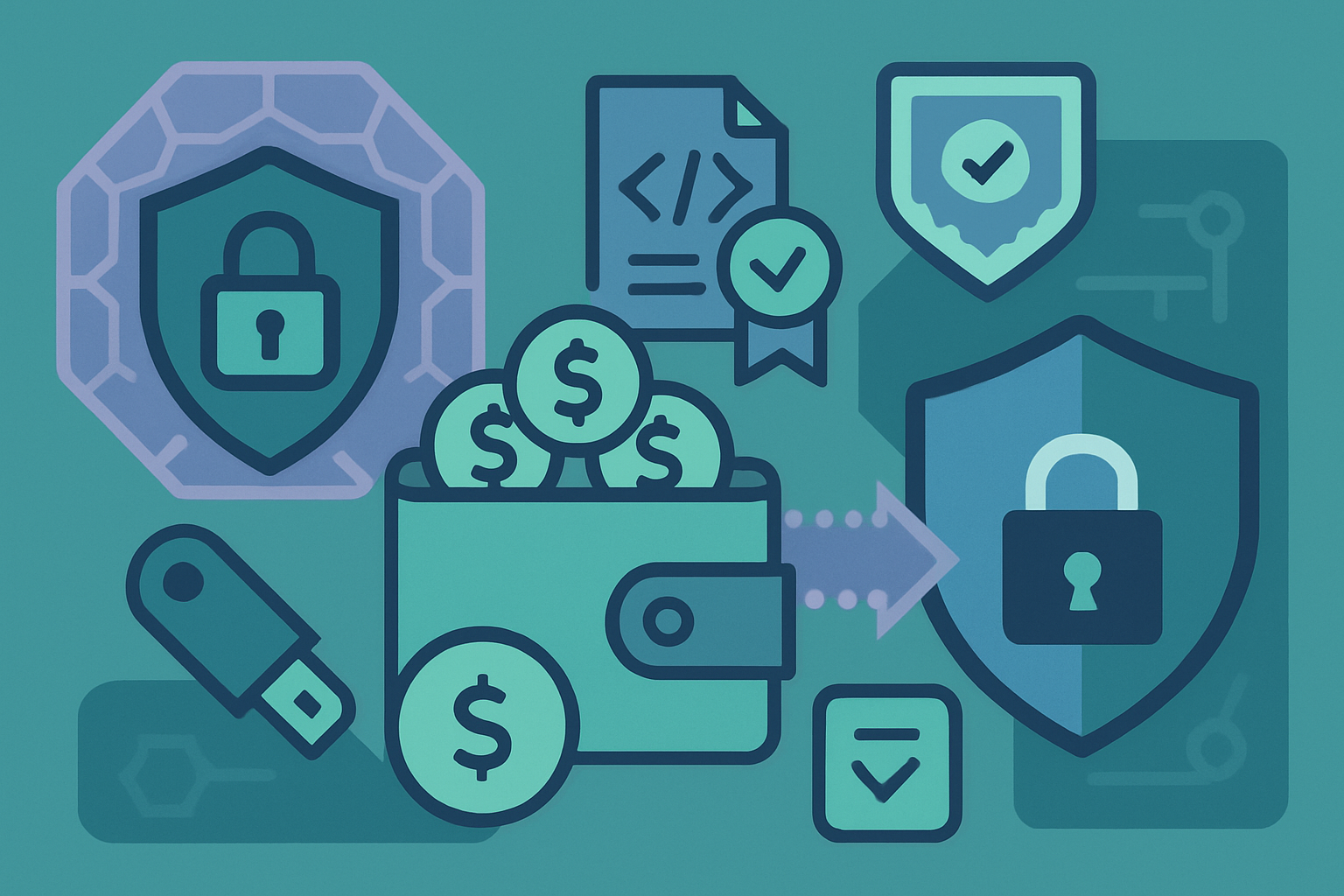How to Build Fully On-Chain Games Using the MUD Framework: A Step-by-Step Guide
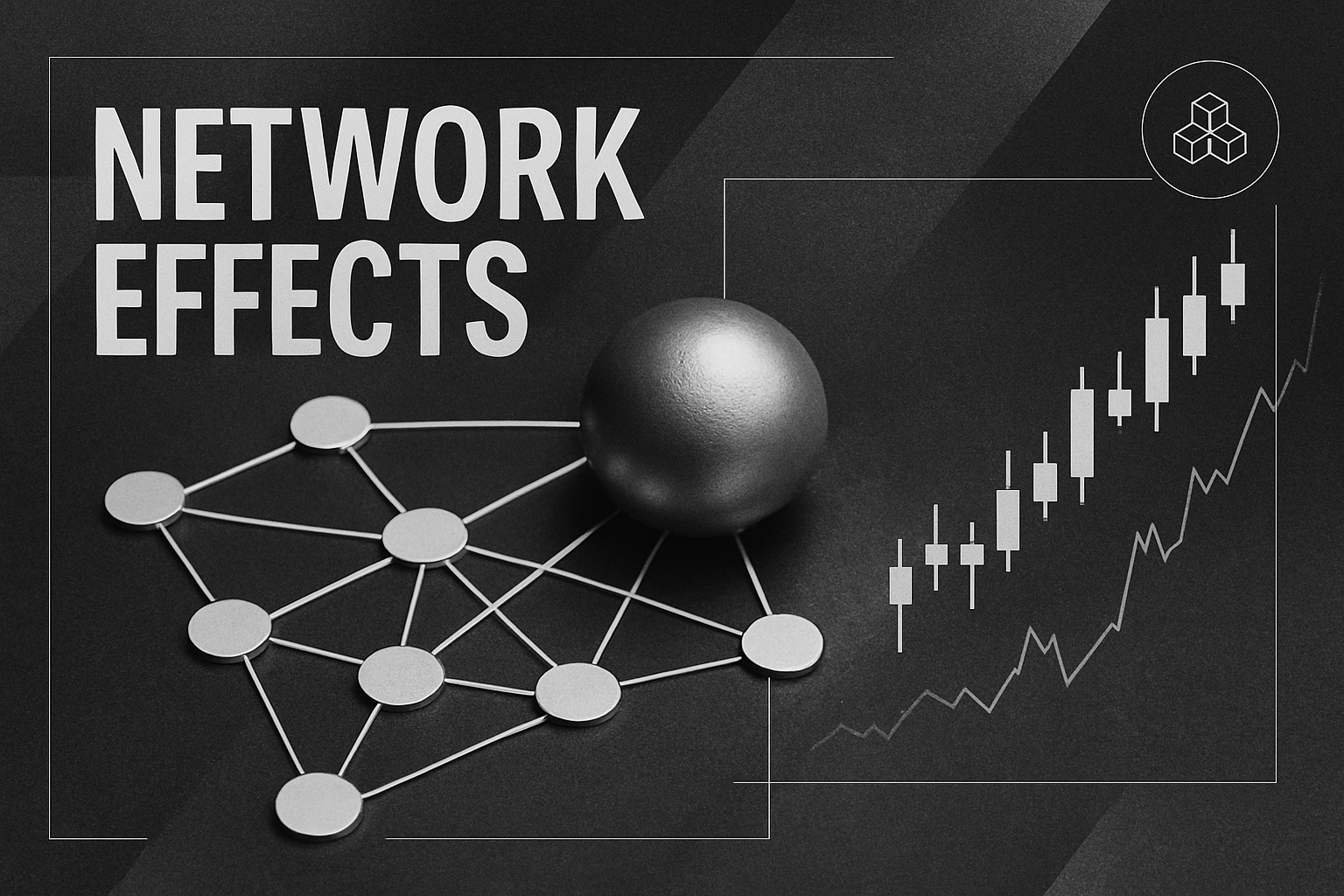
Fully on-chain games are rapidly redefining the blockchain gaming landscape, offering transparency, composability, and true player ownership. The MUD framework has emerged as the go-to stack for developers aiming to build these decentralized worlds directly on Ethereum and compatible chains. With the recent release of MUD v2.2.23, building a fully on-chain game is more streamlined than ever, featuring enhanced support for multiple testnets and improved integration with mainstream game engines like Unity and Unreal Engine.
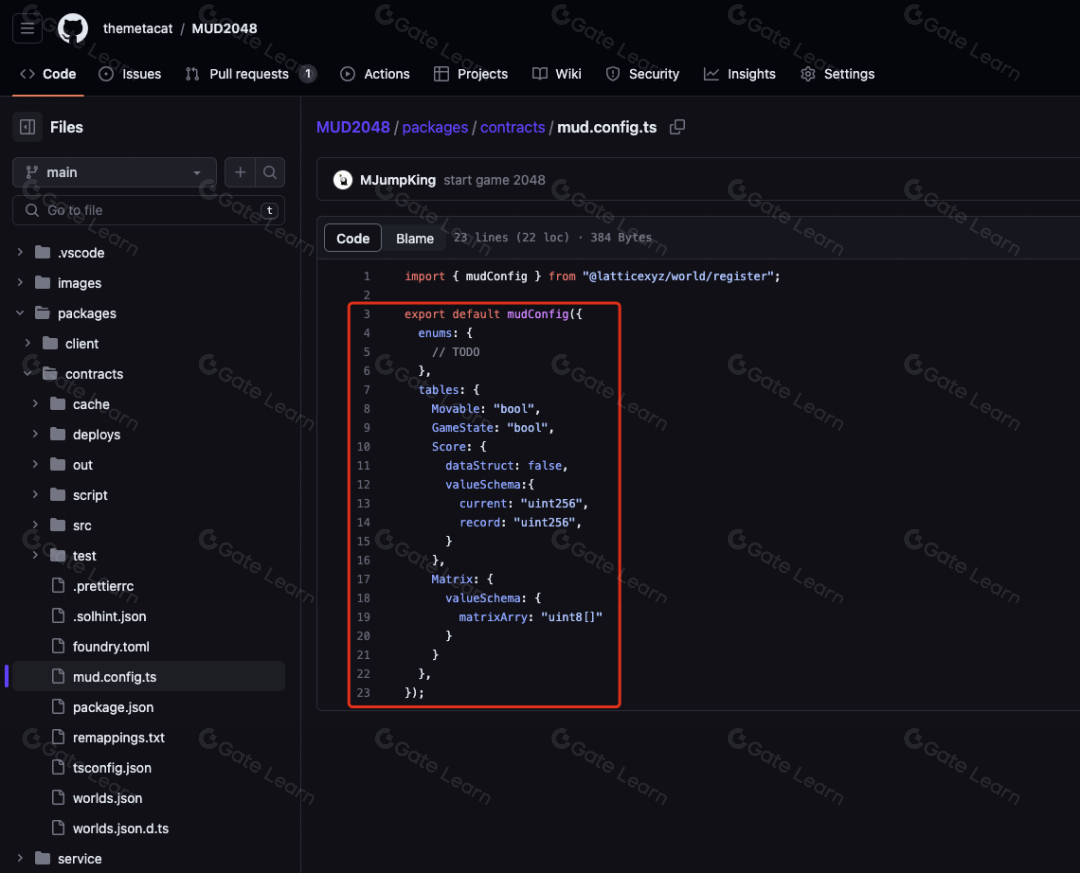
Why Choose MUD for On-Chain Game Development?
The MUD framework abstracts away much of the complexity inherent in smart contract development for games. It standardizes how data is stored and accessed on-chain, allowing developers to focus on gameplay mechanics rather than low-level protocol details. This means faster prototyping, easier upgrades, and a robust foundation for scalable autonomous worlds.
Key advantages include:
- Composable data storage: All game state is stored in standardized tables on-chain, enabling interoperability and modding by other developers.
- Protocol-agnostic design: Deploy your game logic to Ethereum mainnet or supported testnets (Garnet, Conla, Concha) with minimal changes.
- Smooth client integration: Out-of-the-box support for Unity/Unreal means real-time synchronization between blockchain state and rich front-end UIs.
Market Context: The Rise of Fully On-Chain Games
The demand for transparent, user-owned gaming experiences continues to accelerate. Projects like PopCraft, showcased at Devcon’s MUD Day CLS event, demonstrate that it’s possible to build engaging fully on-chain games in under 20 minutes using the latest MUD tools. Industry analysis from BITKRAFT Ventures and Infinite-Seas Logbook underscores how frameworks like MUD are lowering barriers to entry for ambitious Web3 game creators.
The current ecosystem supports everything from casual clickers to complex multiplayer strategy titles. As highlighted in recent updates, deploying an autonomous world is no longer reserved for Solidity experts – anyone familiar with TypeScript or Rust can get started rapidly.
MUD Smart Contract Architecture: Core Concepts
MUD’s architecture revolves around three pillars:
- Tables: Standardized data structures that store all persistent game state directly on-chain.
- Systems: Modular smart contracts that read/write table data and encode all gameplay logic (e. g. , movement, combat).
- Clients: Off-chain frontends (web or native) that sync with the blockchain via generated SDKs or direct RPC calls.
This modularity allows rapid iteration while ensuring all critical actions remain trustless and verifiable by players or third-party auditors.
MUD v2.2.23: What’s New?
The latest update introduces seamless deployment to Garnet, Conla, and Concha testnets – ideal environments for staging your game before mainnet launch. Integration enhancements also mean less friction when connecting your smart contracts to Unity/Unreal-based clients. For a step-by-step walkthrough tailored to these new features, refer to our comprehensive guide: How to Build a Fully On-Chain Game Using the MUD Framework: A Step-by-Step Guide.
To capitalize on these advances, let’s break down how to actually construct and launch a fully on-chain game using MUD. Whether you’re building a simple clicker or a persistent strategy world, the core workflow remains consistent, define your data schema, implement core systems in Solidity or Rust, then connect your game client for seamless interaction.
Step-by-Step: Building Your First MUD Game
1. Define Tables: Start by specifying the schema for your game’s entities, players, items, maps, in MUD’s declarative format. This determines what data will be stored and updated on-chain.
2. Write Systems: Encode your gameplay logic as modular smart contracts (“systems”). For example, a movement system updates player coordinates in the map table; an inventory system manages item transfers.
3. Deploy to Testnet: With MUD v2.2.23, you can deploy seamlessly to Garnet, Conla, or Concha testnets for rapid iteration and testing, no mainnet gas fees required during development.
4. Client Integration: Use MUD’s SDKs to generate client bindings for TypeScript or Rust, then connect your UI (web or Unity/Unreal) to sync with live blockchain state in real time.
Defining a Basic Table and System Function in MUD
Below is a concise example of defining a simple table and a system function using the MUD framework in Solidity. This demonstrates how to store and update player scores on-chain.
// SPDX-License-Identifier: MIT
pragma solidity ^0.8.0;
import { IWorld } from "mud/world/IWorld.sol";
import { Table } from "mud/table/Table.sol";
// Define a basic table to store player scores
table PlayerScore {
address player;
uint256 score;
}
// System function to update a player's score
function updateScore(address player, uint256 newScore) public {
// Only allow the player to update their own score
require(msg.sender == player, "Not authorized");
PlayerScore.set(player, newScore);
}This pattern ensures that game state, such as player scores, is stored fully on-chain and can be updated securely through system functions.
Developer Tips for Efficient On-Chain Game Design
- Minimize On-Chain Writes: Store only essential state changes on-chain; offload heavy computation or rendering to the client when possible.
- Embrace Modularity: Break up gameplay mechanics into small systems for easier upgrades and community contributions.
- A/B Test on Testnets: Take advantage of Garnet/Conla/Concha support to iterate quickly before committing to mainnet deployment.
- User Experience Matters: Leverage enhanced Unity/Unreal integration for smooth front-end experiences while maintaining full trustlessness on the backend.
Best Practices for Scalable On-Chain Games with MUD
-
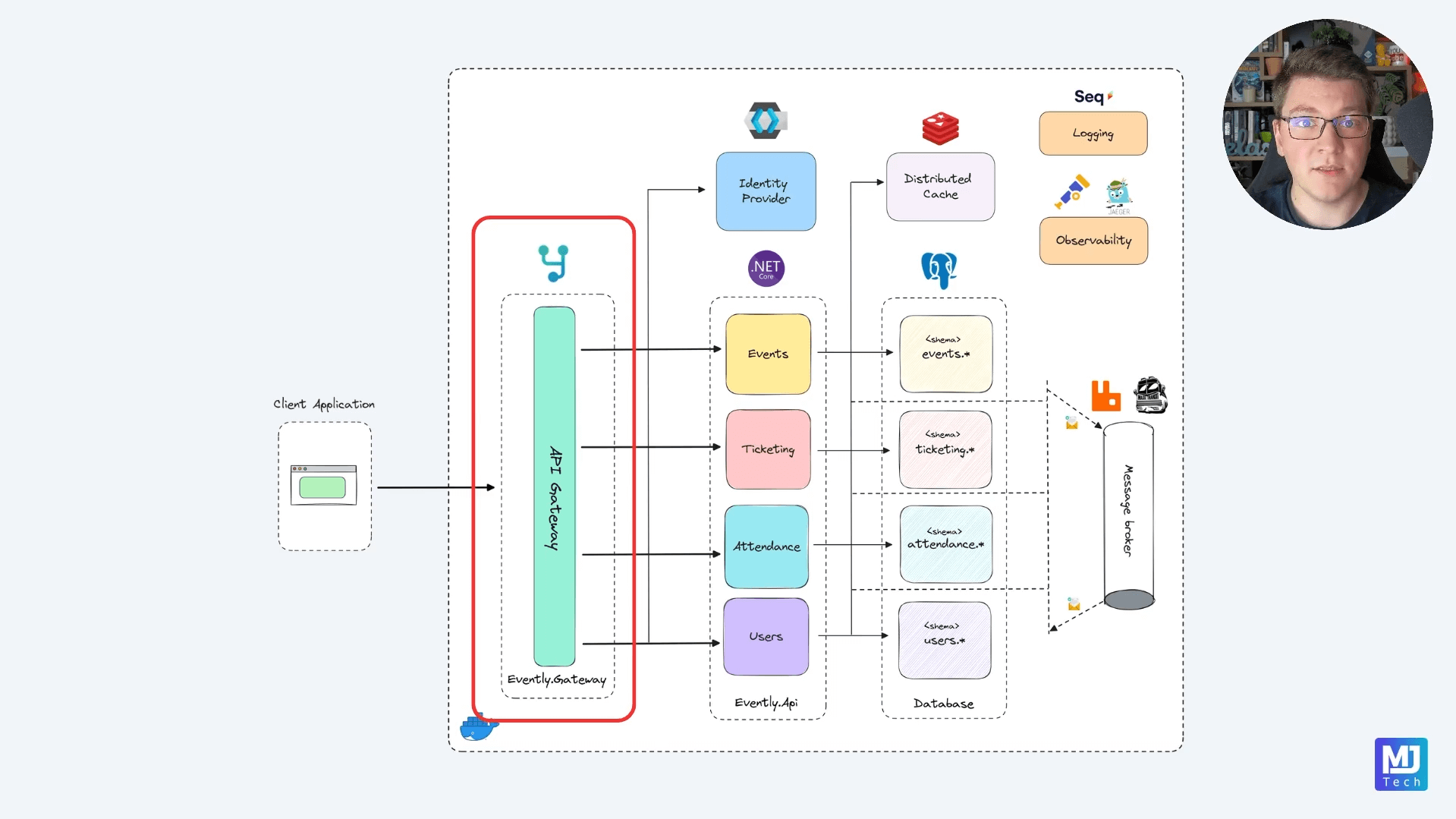
Leverage MUD’s Modular Architecture: Utilize MUD’s standardized data storage and modular system design to ensure your game logic is easily upgradable and maintainable on-chain.
-
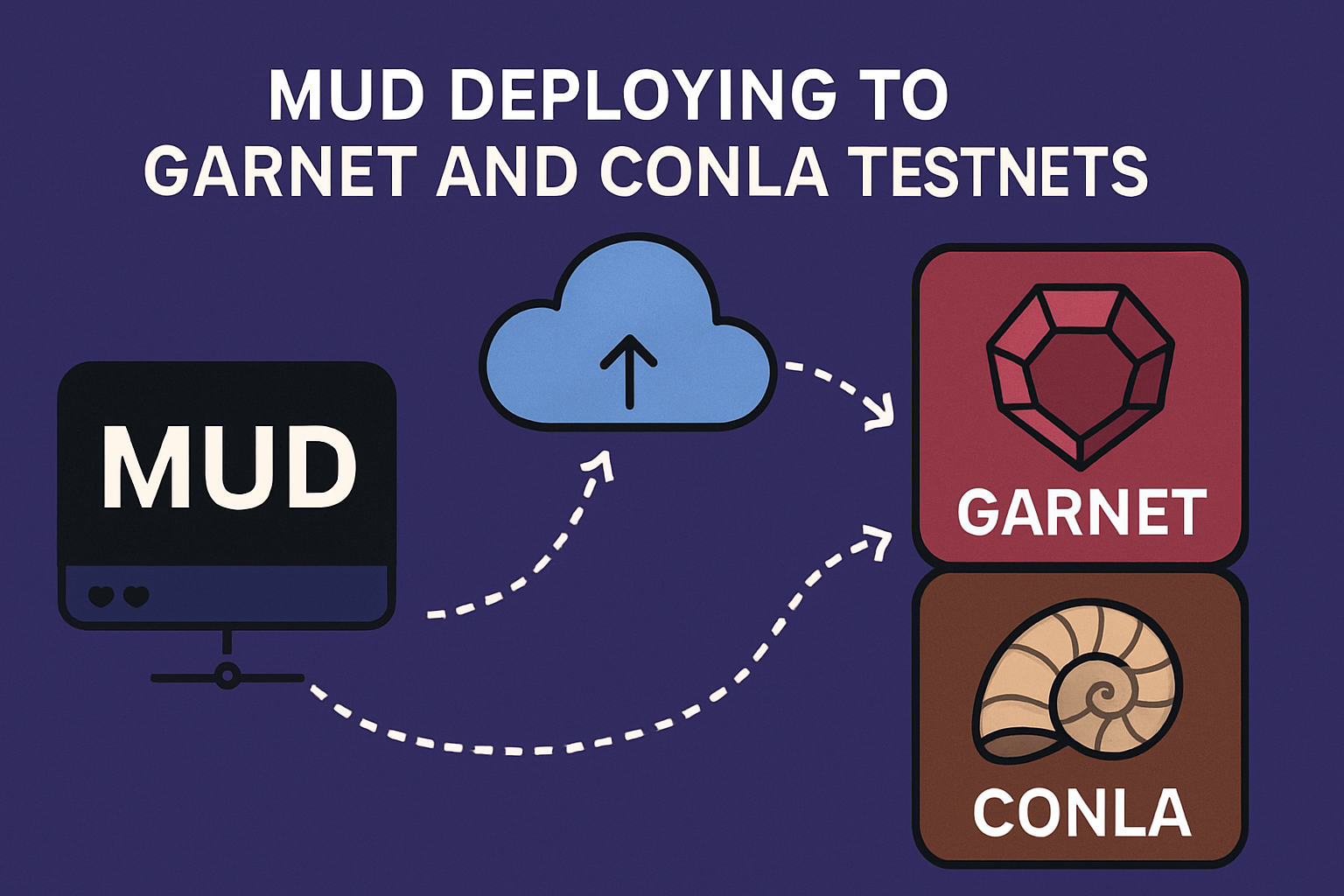
Deploy Across Multiple Testnets: Take advantage of MUD v2.2.23’s improved support for Garnet, Conla, and Concha testnets to rigorously test and iterate your game before mainnet launch.
-
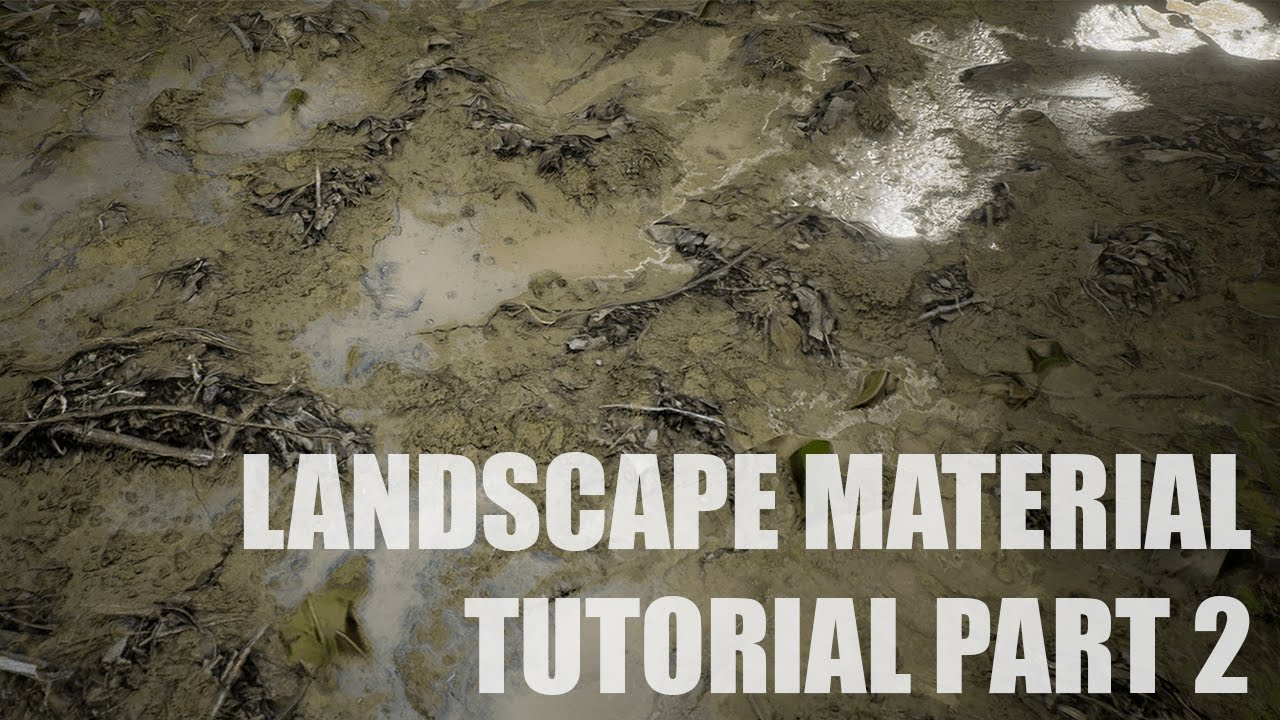
Integrate with Game Engines: Use MUD’s refined integrations with Unity and Unreal Engine to synchronize on-chain data with rich client-side experiences.
-
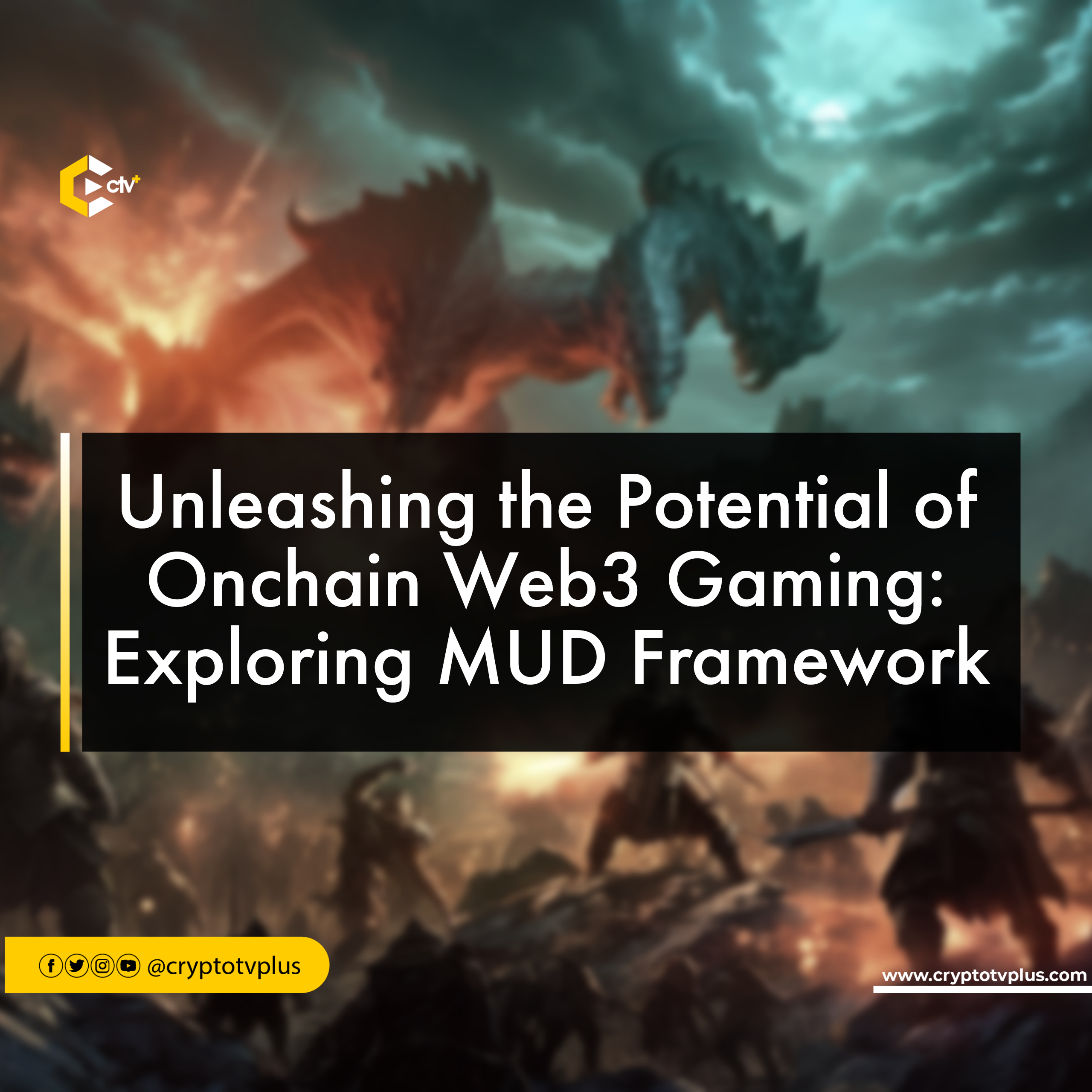
Optimize On-Chain Data Storage: Structure your game’s data using MUD’s schema-driven approach to minimize gas costs and maximize scalability.
-

Enable Autonomous World Extensions: Design your game to be infinitely extendable by default, leveraging MUD’s support for autonomous worlds and community-driven content.
Community Insights and Ecosystem Growth
The open-source nature of the MUD framework means constant innovation from both independent developers and major studios. Recent community showcases highlight everything from PvP arena games to collaborative world-building experiments, all leveraging standardized tables and systems for maximum composability.
If you’re looking to go deeper or see live examples in action, check out our extended practical guide: How to Build Fully On-Chain Games with MUD and Dojo: A Practical Guide for Web3 Developers.
MUD isn’t just another dev kit, it’s a protocol-level foundation empowering anyone to build autonomous worlds where gameplay is provably fair and assets are truly owned by players.
What’s Next?
The future of blockchain gaming is being written right now by those deploying fully on-chain games with frameworks like MUD. As composable standards gain traction and integrations with mainstream engines deepen, expect more immersive experiences that put players, and their data, at the center of digital worlds.
Ethereum (ETH) Price Prediction 2026-2031 in the Context of On-Chain Gaming and MUD Framework Adoption
Professional outlook based on the latest advancements in fully on-chain gaming, MUD framework updates, and broader crypto market trends (as of November 2025)
| Year | Minimum Price (Bearish Scenario) | Average Price (Base Case) | Maximum Price (Bullish Scenario) | Year-on-Year % Change (Avg) |
|---|---|---|---|---|
| 2026 | $2,200 | $2,950 | $3,800 | +10% |
| 2027 | $2,500 | $3,350 | $4,400 | +13% |
| 2028 | $2,900 | $3,900 | $5,200 | +16% |
| 2029 | $3,300 | $4,500 | $6,200 | +15% |
| 2030 | $3,850 | $5,200 | $7,400 | +16% |
| 2031 | $4,500 | $5,950 | $8,600 | +14% |
Price Prediction Summary
Ethereum is positioned for steady growth over the next six years, driven by rapid advancements in on-chain gaming frameworks like MUD, increasing mainstream adoption of decentralized applications, and enhanced interoperability with major game engines. The projected average price climbs from $2,950 in 2026 to $5,950 by 2031, reflecting a compound annual growth rate of approximately 14%. Bullish scenarios see ETH benefiting from widespread on-chain game adoption and network upgrades, while bearish cases account for regulatory headwinds or major competition from alternative L1s.
Key Factors Affecting Ethereum Price
- Widespread adoption of fully on-chain games using frameworks like MUD, increasing on-chain activity and ETH demand.
- Enhanced interoperability with major game engines (Unity, Unreal) accelerating mainstream developer and user onboarding.
- Ethereum network scalability improvements (e.g., rollups, sharding) lowering transaction costs and enabling complex gaming applications.
- Possible regulatory developments in the US, EU, and Asia affecting DeFi and on-chain gaming sectors.
- Competition from alternative Layer 1 blockchains (e.g., Solana, Avalanche, Sui) and Layer 2 solutions.
- Macro market cycles affecting risk appetite and capital inflows into crypto assets.
- Institutional adoption and integration of Ethereum-based gaming assets and NFTs.
Disclaimer: Cryptocurrency price predictions are speculative and based on current market analysis.
Actual prices may vary significantly due to market volatility, regulatory changes, and other factors.
Always do your own research before making investment decisions.



